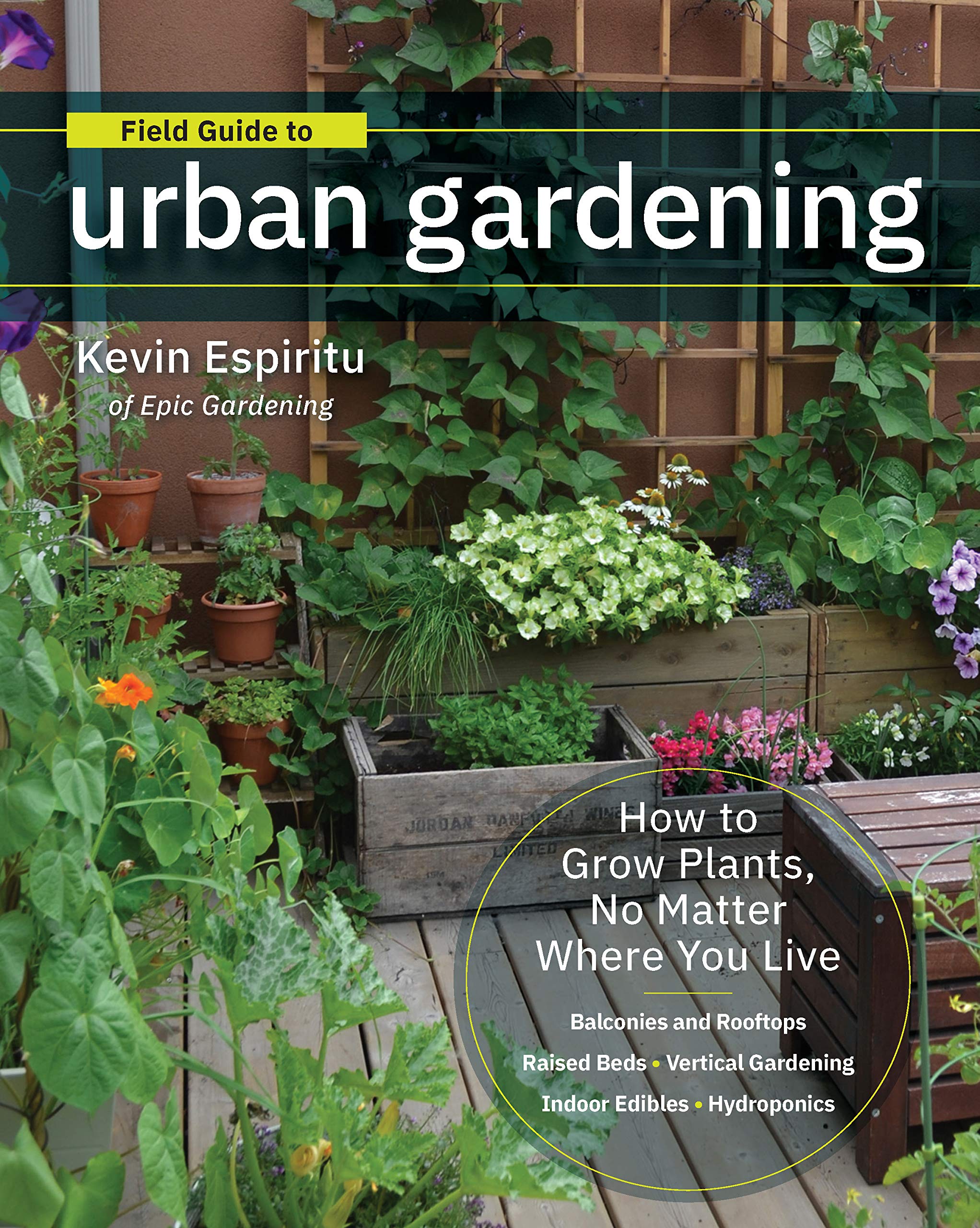The smart Trick of City Blooming That Nobody is Discussing
The smart Trick of City Blooming That Nobody is Discussing
Blog Article
City Blooming for Beginners
Table of ContentsThe Single Strategy To Use For City BloomingGet This Report about City BloomingCity Blooming Things To Know Before You BuyHow City Blooming can Save You Time, Stress, and Money.Facts About City Blooming Uncovered
Nature has incredible effects on our physical and mental wellness, so it's not a surprise that a straightforward succulent on a desktop or some potted herbs on a windowsill can promptly enhance a space. Take those plants a step better, and you'll go across into the territory of city horticulture, which brings much more benefits to people and neighborhoods alike.What Are Urban Gardens?Urban gardening, in some cases referred to ascity gardening, is defined as "the process of cultivating environment-friendly areas in urban setups. "It incorporates a range of jobs from urban farming to patio area yards to community yards - indoor plants. Urban gardens can be had a tendency by individuals, teams, firms, or companies. The quantity and range of food expanded can differ commonly, along with the dimension of the job itself, but city gardening efforts are all rooted in a city setup.
Whether they contain a collection of pots on a porch or a collection of plots on a vacant lot, these yards offer more than food, providing a host of environmental, financial, and social advantages. Due to the fact that fruit and vegetables is expanded in neighborhood settings in contrast to far-away ranches, city horticulture decreases transport needs, for that reason minimizing carbon discharges.
Getting My City Blooming To Work
Lasting and natural farming removes or lowers much of the environmental harm that would certainly be incurred by commercial agricultural techniques. Eco-friendly spaces in cities help in reducing the city heat island impact. Urban farming promotes regional economic climates and sustains neighborhood food manufacturers. Community horticulture tasks usually supply food at little or no price, which aids boost food budget plans and increase food protection. Urban yards can be tools of social change that address injustices, systemic bigotry, and community development issues. Below at Appetite For Change, we make use of food as a tool to build wellness, wealth, and social adjustment in North Minneapolis. We bring people together to find out, cook, eat, and expand food, creating change that lasts.
With each other, we can create well-rooted and prospering adjustment!.

The key lesson we, once again, must find out is that cities are not separated from nature. https://www.kickstarter.com/profile/cityblooming/about. While these areas of study promote cities as advantageous, no city is ideal not also close, and the susceptabilities and affiliations of the international supply chain has affected all of us in unforeseen methods.
Some Known Facts About City Blooming.
I will certainly check out designs from the past that promoted metropolitan gardens and garden enthusiasts, and reveal what functioned and what did not. I will discuss the possibilities and challenges of being a metropolitan garden enthusiast, what is needed to set up a yard of your very own, and what regulations and standards stand in the method of making cities much better at promoting urban yards.
The quantity of time lost reaching and from typical offices has been well click for more info documented. One noteworthy research study ended that before the pandemic, Americans wasted approximately 54 hours a year commuting. The gathered unfavorable results of air pollution and tension that arise from travelling alone by auto as the majority of Americans do are significant.
The capability to come to the workplace for cooperation and society, and stay home for concentrated work is an idea that conserves time, is much better for the environment and is a smarter use of restricted resources. What hasn't yet taken hold is the connection between these modifications in habits and how cities could react.
Some Known Facts About City Blooming.
What are the health impacts of our cities unexpectedly overdesigned for vehicles? Exactly how can our city infrastructure (roads, energies) carry out far better, not only as channels to move people and items, however as factors to natural systems? Urban sensations such as smoke, bad water quality and the 'warmth island impact' can be minimized by greening our streets, amazing our cars and growing our parking lots.
In a current article in the Wall surface Street Journal, Richard Florida reviewed the phenomenon of 'zoom cities,' which draw in remote employees by developing a picture of a better of life (eco-friendly practices). He composed: "For cities, remote work alters the emphasis from luring companies with unique deals to tempting skill with services and amenities
Urban horticulture currently has numerous choices to assist you grow food wherever you have area, such as with container horticulture, hydroponic gardening, and rooftop gardening. This indicates you can regulate the location where you grow the food, and worry much less regarding ecological problems like drought or chilly weather condition. You can pick what you wish to expand, how you desire to grow it, and where you intend to expand.
Getting My City Blooming To Work
Expanding mass-produced food with typical farming methods takes a lot out of the world. Beyond the numerous sources that are made use of on the farm, the food after that needs to be transferred where it is expanded to a store near you. That requires burning a great deal of fuel. Typically in the united state, food is now delivered between 1,500 and 2,500 miles to get to the consumer.

Report this page